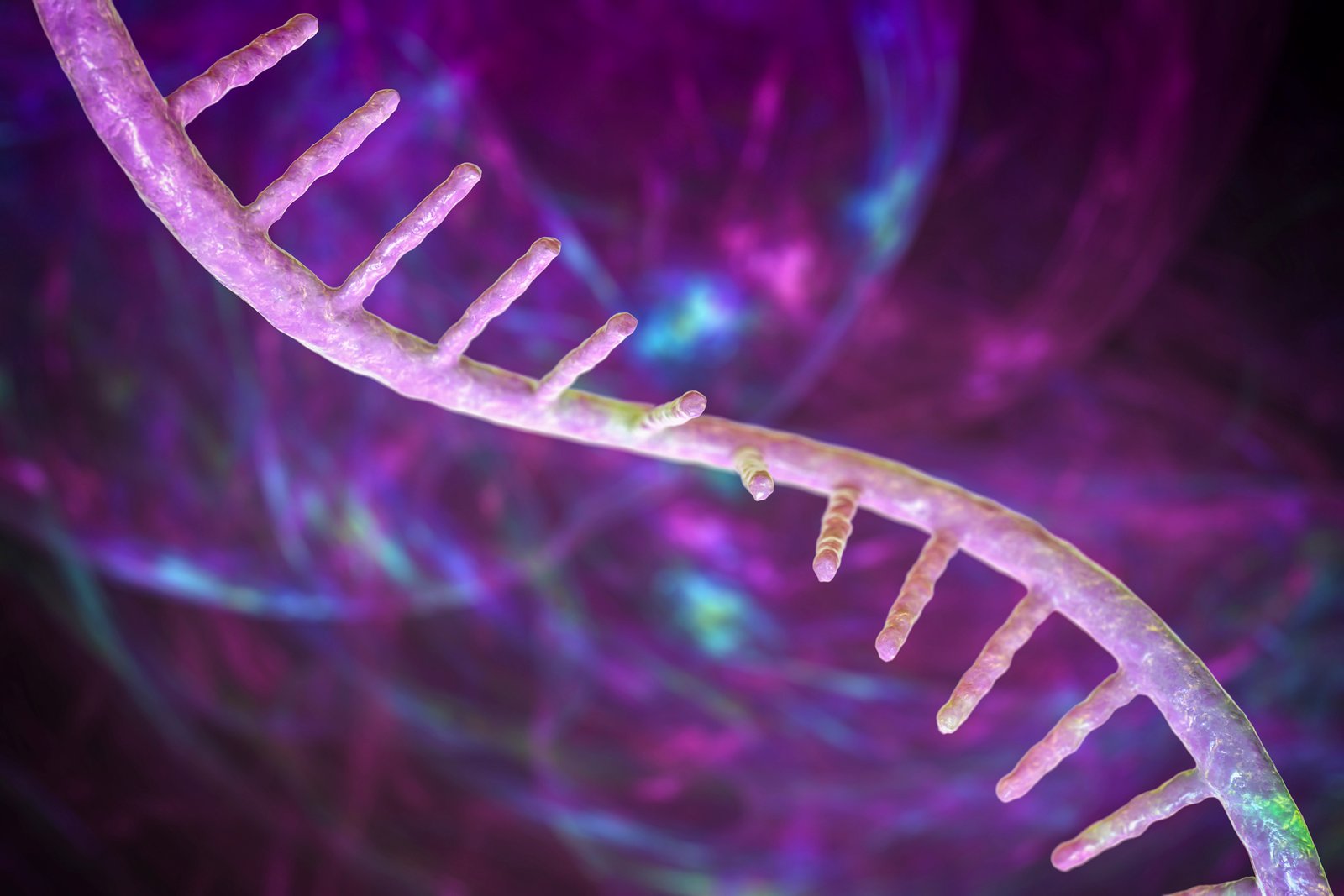Single cell gene expression studies often rely on single-cell RNA sequencing (scRNA-seq) alone. While scRNA-seq reveals which genes are turned on, it does not capture protein expression or changes to gene expression as cells differentiate.
Combining mRNA data with corresponding protein data results in a more detailed understanding of the complexity of single cells, providing insight into mRNA stability and translation into proteins, and protein degradation.
This study, born out of collaboration between labs at the Finsen Laboratory at Rigshospitalet, the Biotech Research and Innovation Centre (University of Copenhagen), the Technical University of Denmark (DTU), and the Helmholtz Zentrum München, “Mapping early human blood cell differentiation using single-cell proteomics and transcriptomics” was published in Science. The researchers demonstrate a new approach to analyzing cells using integrating single-cell proteomics with mRNA analysis.
“The process of cell differentiation is immensely complex, and we need to fully understand the nuances of what’s happening inside each cell at each stage of its life to address the cases when the process goes wrong,” said co-senior author Bo Porse, PhD, of Finsen Laboratory at Rigshospitalet and the Biotech Research and Innovation Centre.
Using over 2500 human CD34+ hematopoietic stem and progenitor cells, Porse and colleagues generated an extensive proteomic data set using single-cell proteomics by Mass Spectrometry (scp-MS). They developed an approach combining scRNA-seq with their scp-MS data to determine overlaps and identify proteins important for stem cell function.
“By integrating RNA and protein measurements into a dynamic model, we can capture the full life cycle of gene expression in single cells. This helps us understand not just what’s written in the genetic script, but how it’s performed in real time,” said Fabian Theis, PhD, director at the Computational Health Center at Helmholtz Munich, and professor for mathematical modeling of biological systems at the Technical University of Munich.
The integrated data from scRNA-seq and scp-MS presented unique results. In cells that were more differentiated, the mRNA and proteomic data sets correlated well. In more immature stem cells, however, the correlation dissolved. The difference in expression patterns suggests changes in mRNA transcript turnover, translation rates, or protein stability during differentiation.
“With this study we’ve shown the feasibility of using this technology to accurately model the exact stages of gene expression, covering both mRNA synthesis and decay, and subsequent protein synthesis and decay throughout cell differentiation,” Porse shared.
“We never imagined we’d be able to apply scp-MS to something as complex and dynamic as the human blood system this soon. But here we are, finally able to access layers of biology that are completely invisible to RNA-based methods alone,” commented co-senior author Erwin Schoof, PhD, associate professor and head of the Cell Diversity Lab i the department for biotechnology and biomedicine at the Technical University of Denmark. “It’s a testament to the power of mass spectrometry, protein-level readouts, and data-driven systems biology to transform our understanding of how cells take fate decisions,” he added.
Together, the data sets paint an intricate image of how cells change through maturation and differentiation, not just through changes in mRNA expression, but in their protein expression as well. The ability to measure proteins at single-cell resolution may allow for more robust understanding not just of stem cell differentiation, but of other cellular processes including development, disease progression or regeneration.
“I’m excited about how these cell-resolved protein readouts are increasingly opening entirely new windows into cell biology,” said Theis.
“This study is the culmination of many years of intense technology development. Not long ago, the idea of measuring thousands of proteins in single human stem cells from the bone marrow felt like science fiction,” concluded Schoof.
The post Single-Cell Proteomics Reveal Hidden Layers of Gene Expression appeared first on GEN – Genetic Engineering and Biotechnology News.




